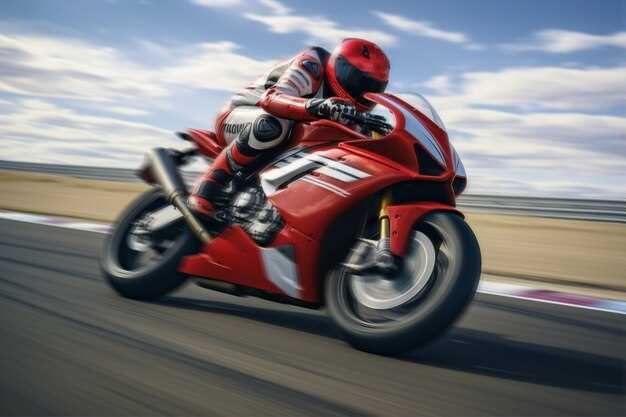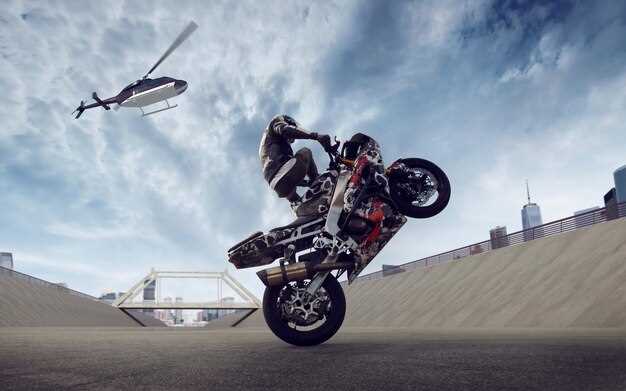
The world of performance motorcycles is dominated by many iconic brands, but few can match the rivalry between BMW and Ducati. Each manufacturer brings a unique approach to engineering and design, resulting in motorcycles that not only perform exceptionally well but also resonate deeply with enthusiasts. In this comparison, we will explore key aspects of both brands, focusing on their strengths and weaknesses in the realm of performance motorcycles.
Ducati has built a reputation for producing sport-oriented motorcycles that excel in speed and agility. Known for their trellis frames and powerful V-twin engines, Ducati bikes deliver thrilling performance on track and road alike. The brand’s focus on lightweight construction and cutting-edge technology has garnered a loyal following among sportbike aficionados.
On the other hand, BMW offers a distinctive blend of performance and versatility. With a history of engineering excellence, BMW motorcycles are often lauded for their innovative features and long-distance capabilities. From their impressive handling to the powerful boxer engines, BMW motorcycles are designed to provide a seamless riding experience in various conditions.
Performance Metrics: Speed, Acceleration, and Handling

When comparing performance metrics between BMW and Ducati motorcycles, speed is often a primary focus. BMW models, such as the S1000RR, showcase impressive top speeds surpassing 200 mph, largely attributed to their advanced engineering and aerodynamic design. Meanwhile, Ducati’s Panigale V4 also competes fiercely, reaching similar speeds while incorporating their signature Italian flair and racing heritage.
Acceleration is another critical metric in this rivalry. The BMW S1000RR can achieve 0 to 60 mph in approximately 3.1 seconds, benefiting from its powerful inline-four engine and sophisticated traction control systems. Ducati, on the other hand, with its V4 engine configuration, offers a slightly different riding experience. The Panigale V4 boasts a similar 0 to 60 mph time, but its torque delivery is notably different, providing a more explosive feel off the line.
Handling characteristics further differentiate these two manufacturers. BMW motorcycles are renowned for their stability and comfort at high speeds, aided by precise suspension settings and electronic rider aids. The Dynamic Damping Control system allows the rider to fine-tune the motorcycle’s handling based on various road conditions. In contrast, Ducati excels in agility and responsiveness, making their bikes exceptionally nimble in corners. The slightly lighter frame and sharper steering geometry contribute to a different riding experience, favoring sportier handling dynamics.
Ultimately, the performance metrics of speed, acceleration, and handling reveal distinct approaches by BMW and Ducati. While both brands produce bikes capable of thrilling speeds and impressive acceleration, the choice between them often comes down to individual riding preferences and desired handling characteristics. Riders seeking a more planted and stable ride may lean towards BMW, while those who favor agility and sportiness might opt for Ducati.
Technology Features: Innovation in BMW and Ducati Models

When comparing high-performance motorcycles, BMW and Ducati stand out not only for their engineering but also for their innovative technological features. BMW motorcycles are known for incorporating advanced technology that enhances both safety and performance. Their models often feature the Dynamic Traction Control (DTC), which actively manages wheel slip and provides optimal traction under various conditions. This system, combined with modes like Rain and Sport, allows riders to tailor the bike’s performance to their environment and skill level.
Moreover, BMW has integrated a comprehensive suite of electronic systems known as the BMW Motorrad Connectivity. This feature includes Bluetooth connectivity, navigation, and multimedia management directly accessible via the TFT display. Riders benefit from enhanced visibility of information, ensuring they can focus on the ride while staying informed about essential metrics.
Ducati, on the other hand, prioritizes performance-oriented technology. The Ducati Panigale series, for example, showcases the Ducati Traction Control (DTC), which operates through a sophisticated algorithm that adjusts power delivery in real-time, providing an exhilarating yet controlled ride. This system is particularly advanced in the higher-end models, where it integrates seamlessly with the Ducati Quick Shift (DQS) for smooth, clutchless shifts.
Ducati also leads in terms of lightweight materials and aerodynamics, utilizing technologies like the Desmosedici Stradale engine, which is a signature feature across its flagship models. The combination of advanced materials and engineering design boosts overall performance while improving handling and feedback for the rider.
Both brands exhibit cutting-edge technological advancements tailored to enhance riding experiences. While BMW leans towards rider comfort and safety features, Ducati emphasizes raw performance and agility. Choosing between these two giants depends largely on individual riding preferences and desired technological integration.
Rider Experience: Comfort, Ergonomics, and Usability
The rider experience on performance motorcycles is significantly shaped by comfort, ergonomics, and usability, and this is where BMW and Ducati exhibit distinct philosophies. Both brands craft motorcycles catering to different rider preferences and styles.
Ducati focuses on a sportier riding position, which can enhance agility and feedback during high-speed maneuvers. However, this aggressive stance may not cater to long-distance comfort as well as its competitors. The footpeg position and handlebar height on Ducati models, such as the Panigale V4, are designed to provide optimal control and responsiveness, although they can lead to fatigue over extended rides.
In contrast, BMW emphasizes a balance between performance and comfort. Models like the BMW S 1000 RR offer adjustable ergonomics, allowing riders to customize their positions to suit various riding conditions. This adaptability can significantly enhance long-term usability, making BMW motorcycles more suitable for both spirited rides and daily commutes.
Usability is another crucial factor where these two brands differ. Ducati’s focus on cutting-edge technology, such as electronic aids and sophisticated ride modes, elevates the performance aspect but may create a learning curve for newer riders. On the other hand, BMW tends to integrate user-friendly features that enhance the overall riding experience. This includes intuitive dashboards and comprehensive rider aids that bolster confidence, especially for those less familiar with high-performance machines.
Ultimately, the choice between Ducati and BMW comes down to personal preferences related to rider experience. Enthusiasts seeking a thrilling, sport-oriented ride may gravitate towards Ducati, while those valuing comfort and usability alongside performance may find themselves more aligned with BMW’s offerings.




